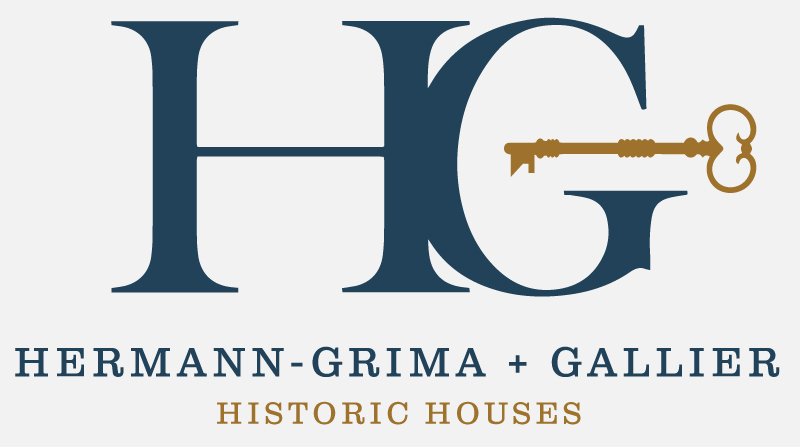The first archaeological investigations at the Hermann-Grima property were conducted by Lynette Tramontana, then an anthropology undergraduate student at the University of New Orleans. The various parts of the projects were done over a span of time from 1973 to 1975. This work focused on the restoration of the ground floor main kitchen room (Figure 2) in the Kitchen/Quarters of the property and was conducted as a series of small, area specific investigations. The restoration of the kitchen was the first major project, outside of the main house, undertaken on the site. These rooms has been used as small apartments and bedrooms by the Christian Woman's Exchange (CWE) when they were providing housing for displaced women in the early decades of this century. This role of the CWE diminished through time as various social service agencies, larger, better funded and offering a broader range of help and services filled this need. In the late 1960's and early 1970's the house Restoration Committee began plans to renovate and restore the property into an historic tour house and return it to the 1831 period of Samuel Hermann, original owner of the property as it now stands.
Building Hardware
Building Hardware - Porcelain Doorknob
Plans called for the removal of the modern, extant flooring and wall treatments, and the restoration of the various ovens, cooking facilities and fireplaces in the kitchen. With the walls stripped and the ground surface below the flooring exposed, Tramontana was able to locate the original foundations for the ovens, stewholes (raised brick fireboxes with holes to accommodate stew pots and fired by wood or charcoal) and cooking hearths. She was able to trace the outlines of the various flues and chimneys on the exposed wall surfaces which served these features.
Growing out of this restoration work is an excellent 1831 period cooking demonstration which is produced weekly during cooler months. Visitors to the site are treated to an authentic demonstration of 1831 period cooking techniques and technologies. The food items and recipies have been carefully researched for the period and this demonstration has gained both national and international recognition. Inquires to the Smithsonian in Washington D.C. about colonial and early American cooking practices and technologies are referred to the Herman-Grima House, New Orleans.
Exploratory excavations, interior to the kitchen room, produced the first ceramic sequences from the site and discovered the existence of a east/west trending foundation line. Working with a very small window into the archaeology of the Hermann-Grima site, she interpreted this foundation as that of a removed partition or cross wall related to the 1831, original construction. Later investigations have indicated that this feature was more likely reflective of the Quarter structure which was present on the site when Hermann purchased the property in 1831. This aspect of her project will be treated later in the current report. Copies of this work are on file at the Hermann-Grima Historic House.


